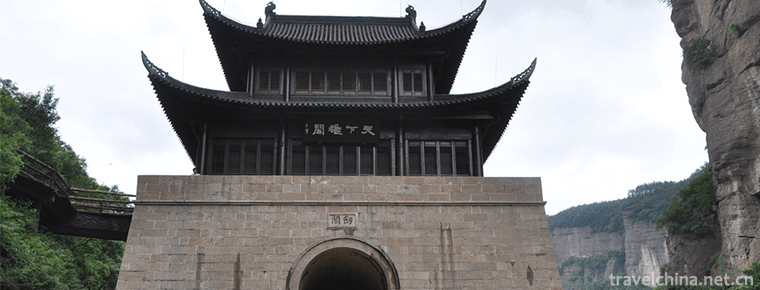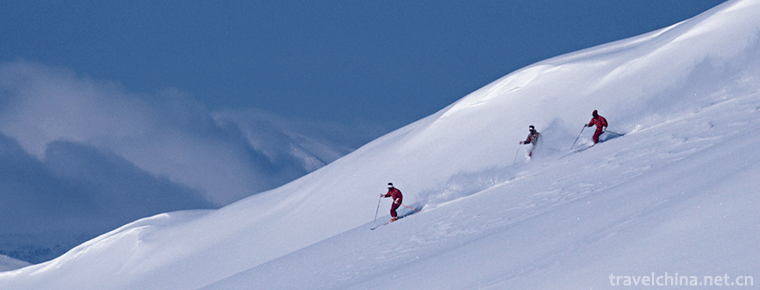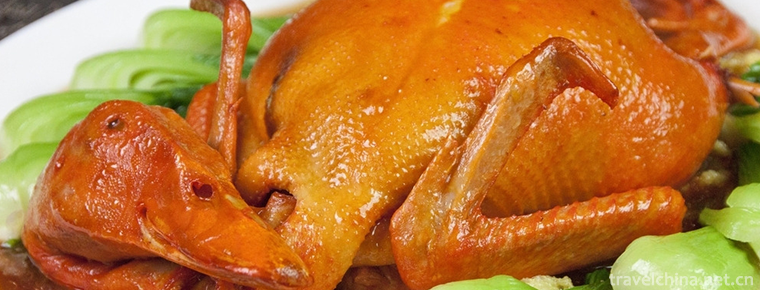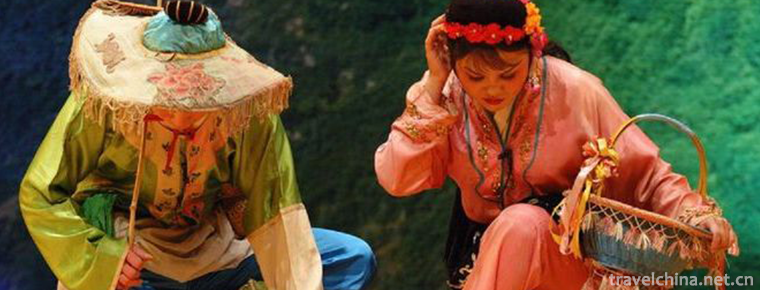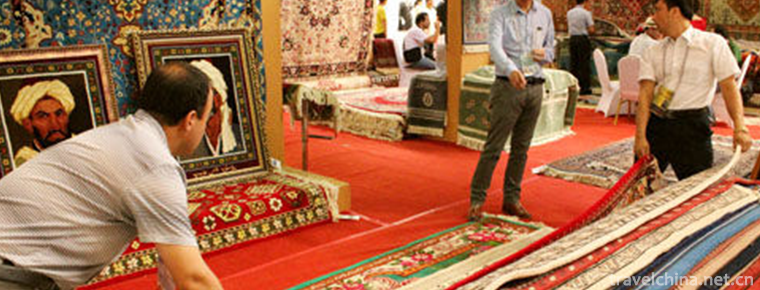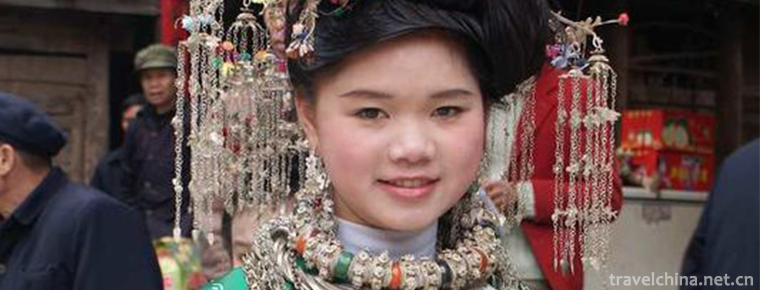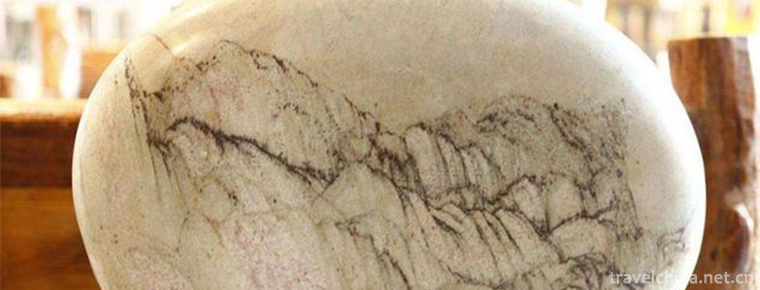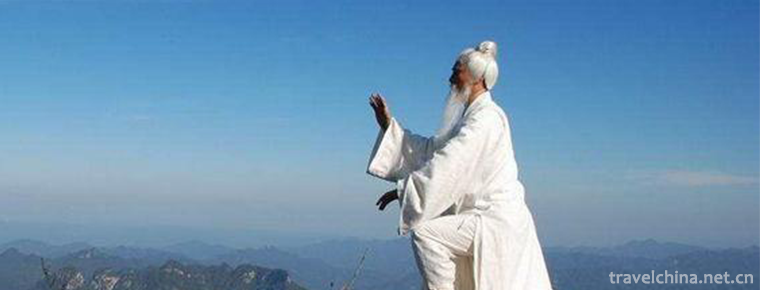Guozhuo Dance in Shannanchang
Guozhuo Dance in Shannanchang
Guozhuo Dance in Shannanchang, a traditional dance in Tibet Autonomous Region, is one of the national intangible cultural heritages.
Shannanchang Guozhuo Dance is a kind of waist drum, which originated in Dabu (now Jiacha) area. Legend has it that in the mid-eighth century, with the help of Buddhist masters such as lotus and peanut, Chisong Dezan, the 37th generation Tibetan king, built the first monastery in Tibet on the North Bank of the Yarlung Zangbo River. During the day, the walls that craftsmen worked hard to build were destroyed by demons at night. In order to confuse the ghosts and gods, Master Lianpeanut invited the seven brothers of Zhuoba (Zhuoba dancers) from Dabu area to dance Zhuoba, which became popular in the south of the mountain. Most villages in Shannan have excellent dance teams, and later this form of dance gradually spread to other areas. This shows that Guozhuo Dance in Shannanchang has a history of at least 1300 years.
In 2006, Shannanchang Guozhuo Dance was approved by the State Council of the People's Republic of China and listed in the first batch of national intangible cultural heritage list, the heritage number: III-39.
historical origin
Legend has it that in the mid-eighth century, with the help of Buddhist masters such as lotus and peanut, Chisong Dezan, the 37th generation Tibetan king, built the first monastery in Tibet on the North Bank of the Yarlung Zangbo River. During the day, the walls that craftsmen worked hard to build were destroyed by demons at night. In order to confuse the ghosts and gods, Master Lianpeanut invited the seven brothers of Zhuoba (Zhuoba dancers) from Dabu area to dance Zhuoba, which became popular in the south of the mountain. Most villages in Shannan have excellent dance teams, and later this form of dance gradually spread to other areas. This shows that Guozhuo Dance in Shannanchang has a history of at least 1300 years.
Li Xinheng of the Qing Dynasty, in his book Jinchuan Trivial Records, said that Tibetans "danced in pots and pots with folk sounds" and that their dancing patterns were varied between men and women, singing with arms, forming circles hand in hand, and taking their feet in the air. In addition to praising Buddha and Bodhisattva monasteries, Guozhuang Dance is more about singing mountains and rivers scenery, praising hometown, pouring out love, eulogizing happy life and so on. As in the lyrics, "Snow Mountain, flicker away, the eagle will spread its wings; Forest, make way quickly, young people will march and dance wildly..." The passion is unrestrained. Its vigorous dance posture, straight movements, both show dance posture and emotional expression, showing the tough temperament of the Tibetan people.
Dance features
Dance movements
Zhuo Dance consists of 18 sections: 1. Three-step Drum Point; 2. Nautilus; 3. Antu Pure Land; 4. Piling on Lotus Peanut Rock; 5. Lion Jumping; 6. Tiger-lion Struggle; 7. Ring Set; 8. Tantalum Fairy; 9. Corner of Sangye; 10. Three-hit Sleeping Place; 11. Drum-beating; 12. Raven Diamond Step; 13. King's Seat; 14. Finance Gate; 15. Subjects; 16. Worship Provision; 17. Elephant Side Sleeping Point; 18. Nine Drum Point. Zhuo Dance integrates action, rhythm, skill and rhythm. It is coordinated and highly unified in all aspects. It is difficult to see ingenuity and has infinite charm.
Dance formation
The traditional formations are basically round in performance. The performers can be divided into two categories: lead dance (Ah Ge) and group dance (Zhuoba). In the whole performance team, the number of leaders ranges from 2 to 6. They don't wear waist drums. They mainly remind the movements to change order and control the rhythm speed. Their movements are rhythmic and their gestures are basically the same as group dancing, but the difficulty is relatively small. The leaders are all people who are familiar with the movements, sequence and long acting experience of the whole outstanding dance. Dance performers dance with drum beating and drum beating rhythm.
Performing process
There are "Blessing Guozhuang", "Quicking Guest Guozhuang", "Praising Guozhuang", "Meeting Guozhuang", "Farewell Guozhuang", "Retaining Guozhuang", "Farewell Guozhuang", "Farewell Qifu Guozhuang" and other kinds, which are very rare in Tibetan areas of China. Its tunes are divided into four parts: Hu, Zhuojin, Xia Zhuo and Zhuo Cao.
Inheritance and Protection
Inheritance value
Guozhuo is a brilliant cultural heritage created by the Tibetan people in the snowy plateau, a place where human beings can live to the limit, which still exists vividly in social life. It can be said that as a unique scene in Tibetan traditional dance culture, Guozhuo is also unique in the world dance forest. Guozhuo is not only an outstanding representative of Tibetan long and splendid dance culture, but also the oldest and most influential item in the existing national sports culture. It is an extremely precious artistic wealth for all mankind. Guozhuo, like its mother Tibetan traditional culture, is a relatively unique national project in the national traditional sports culture. Its virtual freehand brushwork, stylized performance and lyric style are similar to the traditional sports of other ancient nationalities, such as the traditional sports of the Han nationality and the dance sports of Greece and India. Moreover, its personality, national characteristics and folk original flavor are the strongest, which has special research and protection value.
Heritage figures
Border Baziren, male, Tibetan, born in 1963, Gongga Tibetan, the second batch of national intangible cultural heritage projects, Shannanchang Guozhuo dance representative successor, Tibet Autonomous Region declared.
Solang, male, Tibetan, born in 1974, Gongga Tibetan, is the representative inheritor of the second batch of national intangible cultural heritage projects, Guozhuo Dance in Shannanchang, Tibet Autonomous Region.
protective measures
In 2005, Tibet launched the project of intangible cultural heritage protection in an all-round way. The state and autonomous region have invested more than 40 million yuan in the protection of Tibet's non-heritage masterpieces, including Shannanchang Guozhuo Dance.
On June 12, 2009, Guozhuo Dance of Nanchang, Zhongshan, was held in Beijing as one of the traditional music and dance exhibitions of ethnic minorities.
On June 26, 2012, Shannanchang Guozhuo Dance has entered the primary school classroom of Changguo Township, Gongga County, Shannan Province.
social influence
Important performances
On November 7, 2009, a 78-year-old artist, Nima, led the performance of Yalong Spring Tide, a Guofeng-China intangible cultural heritage concert in Zhongshan Hall, Taipei.
On October 08, 2011, the "Root and Soul - China's Intangible Cultural Heritage Exhibition" sponsored by the Ministry of Culture and the Civil Affairs Bureau of the Special Administrative Region Government included the Guozhuo Dance in Shannanchang.
Honorary recognition
On July 15, 2014, the 3rd China International Biennial Photography Exhibition, the intangible cultural heritage of human spiritual living fossils, was opened in Beijing by the Chinese Academy of Art. The Guozhuo Dance in Shannanchang was displayed in the form of paintings.

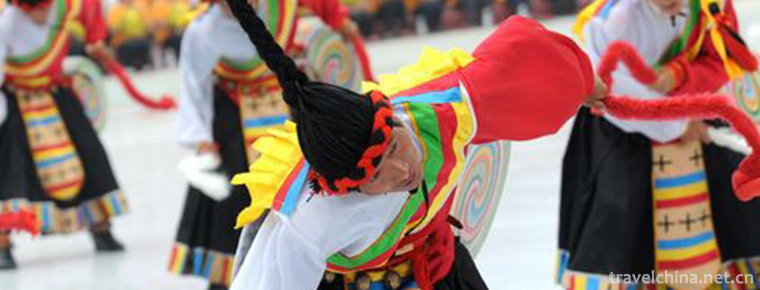
-
Portuguesestyle egg tarts
Portuguese egg tart, also known as Portuguese cream tower, caramel Mejit egg tart. Portuguese tart, known in Hong Kong, Macao and Guangdong, is a small cream pastry pie..
Views: 178 Time 2018-10-31 -
Chinese Shared bicycle
Shared bicycle refers to the bicycle sharing service provided by enterprises in campus, subway station, bus station, residential area,.
Views: 183 Time 2018-11-13 -
Jianmenguan Scenic Area
Jianmenguan Scenic Area is one of the national AAAAA class tourist attractions, National Scenic spots, national key cultural relics protection units, National Forest park, national natural and cultura.
Views: 200 Time 2018-12-12 -
Gongchangling Hot Spring Skiing Ground
Gongchangling Skiing Ground is located in Tanghe Scenic Area of Gongchangling, Liaoyang City, Liaoning Province. It covers an area of 100 hectares and is a national AAA-class tourist attraction..
Views: 109 Time 2019-01-12 -
Eight treasures duck
Babao duck is a characteristic traditional dish in Suzhou, which belongs to Shanghai cuisine and Su cuisine. But it is best cooked by the old restaurant in Shanghai, Town God's Temple.
Views: 203 Time 2019-03-27 -
Tea Picking Opera
Tea-picking opera is a kind of traditional opera popular in Jiangnan and Lingnan provinces. It was mostly produced from the middle of Qing Dynasty to the end of Qing Dynasty..
Views: 208 Time 2019-04-04 -
Carpet Weaving Techniques
Uygur carpet is a handicraft with a long history and tradition. It integrates painting, sculpture, knitting, embroidery, printing and dyeing. Characteristic.
Views: 109 Time 2019-04-26 -
Dong minority clothing
Dong women's clothes vary in various styles, styles, decorative parts, patterns, hairstyles and handkerchiefs. They usually wear casual clothes, pay attention to practical use.
Views: 531 Time 2019-04-28 -
Stone Appreciation Art
In the form of both pictures and texts, Stone Appreciation Art popularizes the knowledge of Stone Appreciation Art to readers, especially young readers..
Views: 143 Time 2019-06-13 -
Taiji boxing
Taijiquan, a national intangible cultural heritage, is based on the traditional Chinese Confucian and Taoist philosophy of Taiji, Yin-Yang dialectical concept as the core idea, integrating many functi.
Views: 169 Time 2019-06-18 -
Suining social security
By the end of 2019, there were 23400 registered unemployed people in Suining, with the registered unemployment rate of 3.62%. 855000 people participated in the basic endowment insurance for urban employees, an increase of 114800 over the end of last year..
Views: 115 Time 2020-12-16 -
Dazhou Tourism
Dazhou, located in the east of Sichuan Province, has jurisdiction over 4 counties, 2 districts and 1 city, covering an area of 16600 square kilometers and a total population of 7 million. It is a city with a large population, rich resources, an important indu.
Views: 409 Time 2020-12-20


